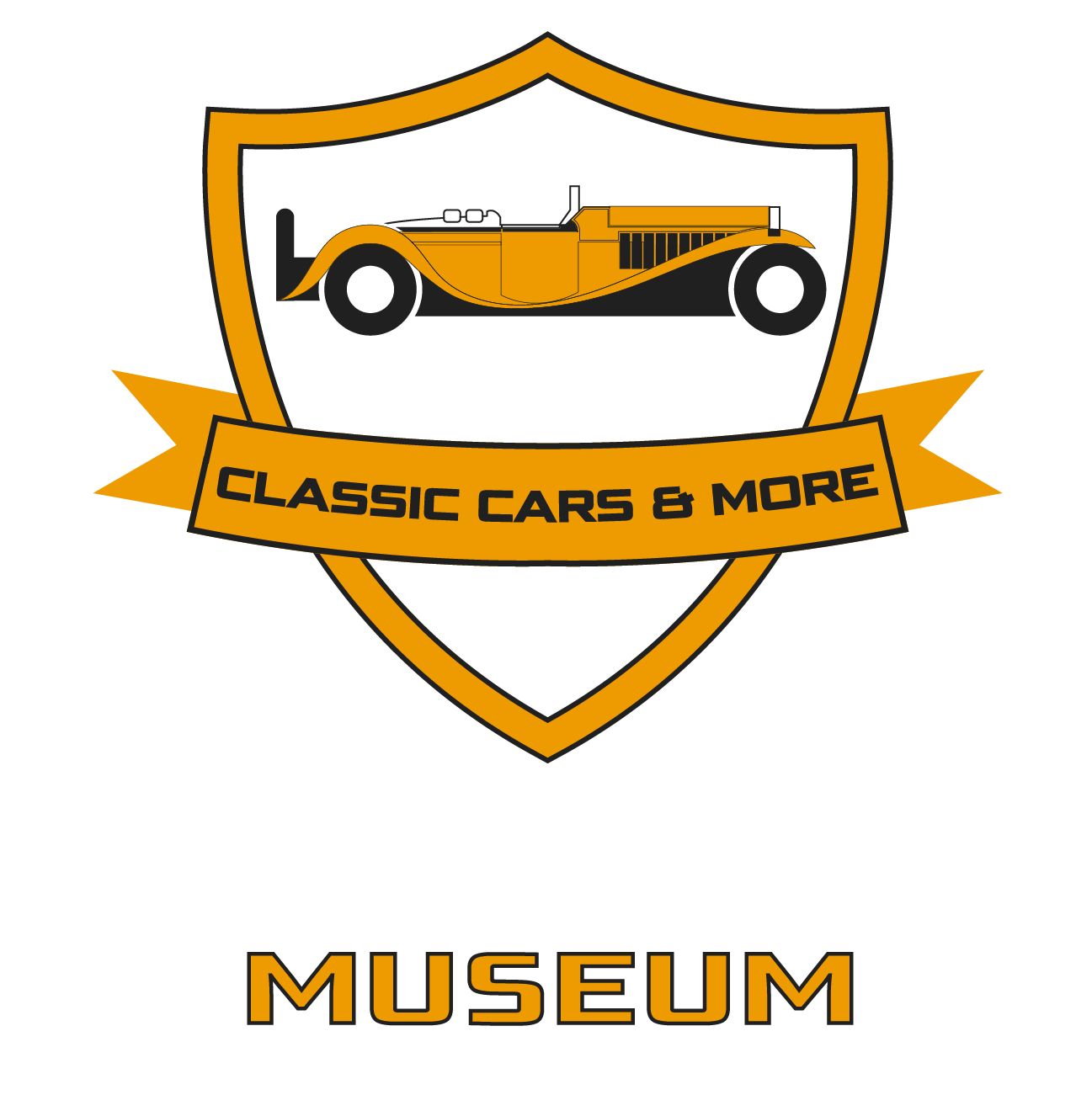365 DAILY NEWSLETTER
FORD FLATHEAD V8
The basic idea of American inventor Henry Ford (1863-1947) was to create a relatively cheap V8 engine, which, unlike the previous one, consisted of a single casting rather than several parts. The engine was designed by, among others, the Hungarian-born engineer József Galamb (1881-1955), who was also connected to the Ford T-model.
The birth of an affordable V8 engine in America was brought about by the era of enthusiasm for increasingly powerful engines, which was most prevalent between the 1920s and the 1970s. The design of the Flathead V8 therefore began in this context.
As a proof to the success of the design, these engines were produced in the United States from 1932 to 1953, and were used in Europe until the 1960s (e.g. Simca Vedette) and for military purposes until the late 1990s.
This engine became the basis of the hot rod culture that developed in the United States in the 1950’s. (Hot rod = old car rebuilt and tuned for high speed). The hot rod originated in California, where young people bought old cars for little money and then made some modifications on them to improve their performance. This is how the V8 engine, designed by Henry Ford, came to be used in these cars. The saying proved true here, too: „Where there are two cars, there is a race”. At first, hot rod builders raced on the streets, but it was extremely dangerous. After World War II, many military airfields were abandoned in America, and it’s allowed hot rod builders across the country to compete on designated tracks.
In the early 1930s, a bandit couple, Clyde Barrow and Bonnie Parker preferred to steal cars equipped with Flathead V8 to escape from robberies, as the engine’s good lubrication made it usable at higher revs for longer distances. Barrow wrote a letter to Henry Ford in which he described the V8 car that Ford had designed as superior to other cars, especially for getting away after a heist. The authenticity of the letter is in doubt, but it is not impossible that Barrow wrote it.
The original American design is still on the racetrack today. It is not surprising, because this is a relatively durable, cheap and simple engine.
Of course, this engine also had some weak points. For example, it was notorious for the fact that if it was not properly cooled, the engine block would easily overheat and crack.
The English word flathead is a name derived from the fact that the cylinder head is flat and the valves are sideways.
The Flathead V8 was therefore the first mass-produced V8 engine, and its affordable price made it widely available. This fact launched the American V8 cult, which in fact continues to this day.
The current state of the Flathead V8 is not uniform: there are restorers who believe that everything should be restored to its exact original condition, to be true to the contemporary and not modern. At in the other hand, there are those who, as racing enthusiasts, are absolutely focused on performance and speed.
In its days, the Ford Flathead V8 was an era creator engine, and masses of people on several continents became daily or hobby users. And today it continues to exist as an important player in the hobby classic car world and in car racing.
Subscribe to our newsletter
Provide your e-mail address and click the button below to receive special deals and premium offers




